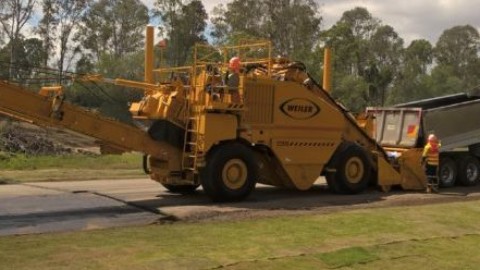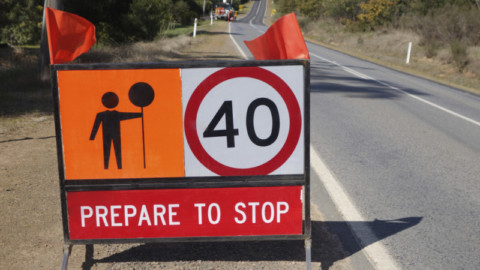Metro Tunnel has had its first major breakthrough with three roadheaders having met 30m underground connecting the two excavated caverns which will become the State Library Station.
More than 20 per cent of State Library Station has been dug out so far, to form station caverns and underground passenger connections under Swanston Street.
Over half a million tonnes of material will be excavated, with 1,500 tonnes of rock and soil removed every 24 hours. Excavation is expected to be finished by late-2020.
Victorian Transport Infrastructure Minister, Jacinta Allan, said, “It’s a huge milestone for the multi-billion-dollar Andrews Labor Government project and signifies months of around-the-clock excavation by the three machines – known as roadheaders.”
Seven roadheaders will be used in the CBD as part of the project – four for State Library Station and three for Town Hall Station. Each weighs 118-tonnes, is 15m long and is lowered underground in separate pieces, before being re-assembled underground.
As construction continues on the Metro Tunnel, Melbourne-based TTM Rail has been awarded the $1.6 million contract to fit out two X’Trapolis trains for High Capacity Signalling (HCS) to be tested on the Mernda Line.
Work has already begun to prepare the track between Epping and South Morang stations for testing in 2020.
HCS is used on rail networks in major cities such as London and Hong Kong to run more trains, more often and more reliably. When the project is complete, HCS will be installed on the Cranbourne, Pakenham and Sunbury lines.
The HCS roll-out on the existing rail network is an Australian first, and testing will involve running the two test trains without passengers to adapt the technology to Melbourne conditions.
“This breakthrough is a huge achievement and the culmination of months and months of hard work,” Minister Allan said.
“These giant roadheaders have been working day and night underground, building the Metro Tunnel – to run more trains, more often, across Melbourne.”
















Just curious about where the 1.5m tonnes of rock will go after excavation, could it be barged into the bay for a new island?